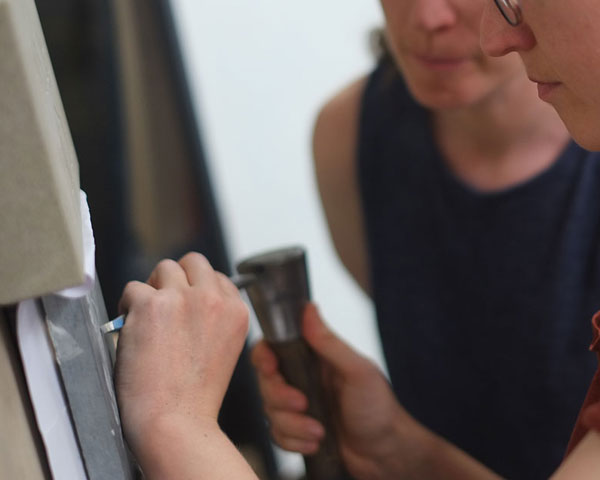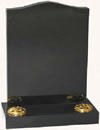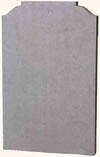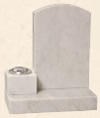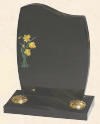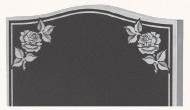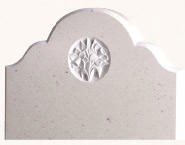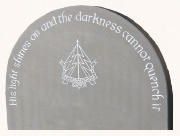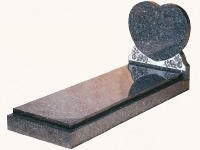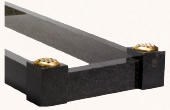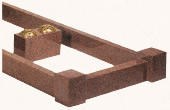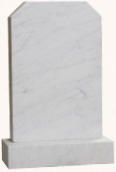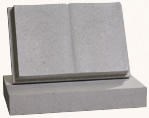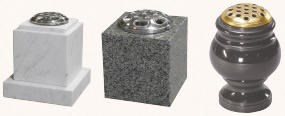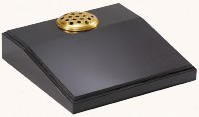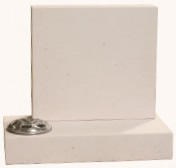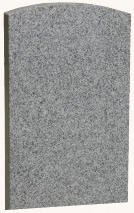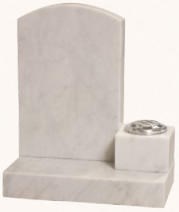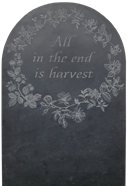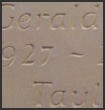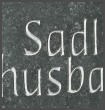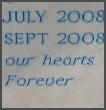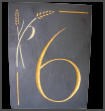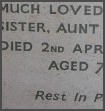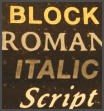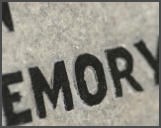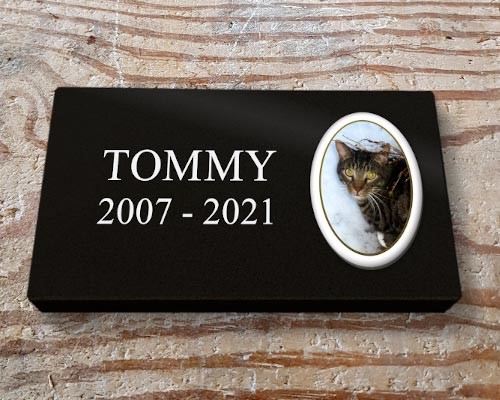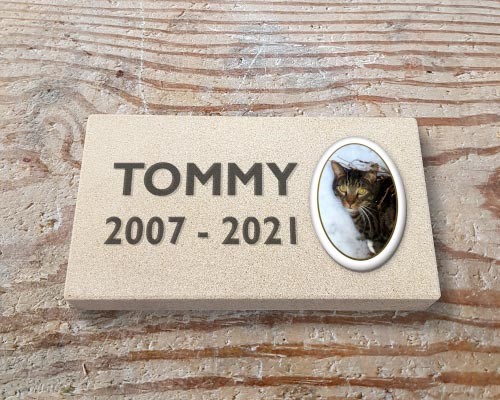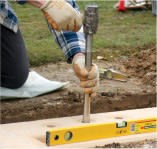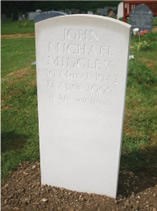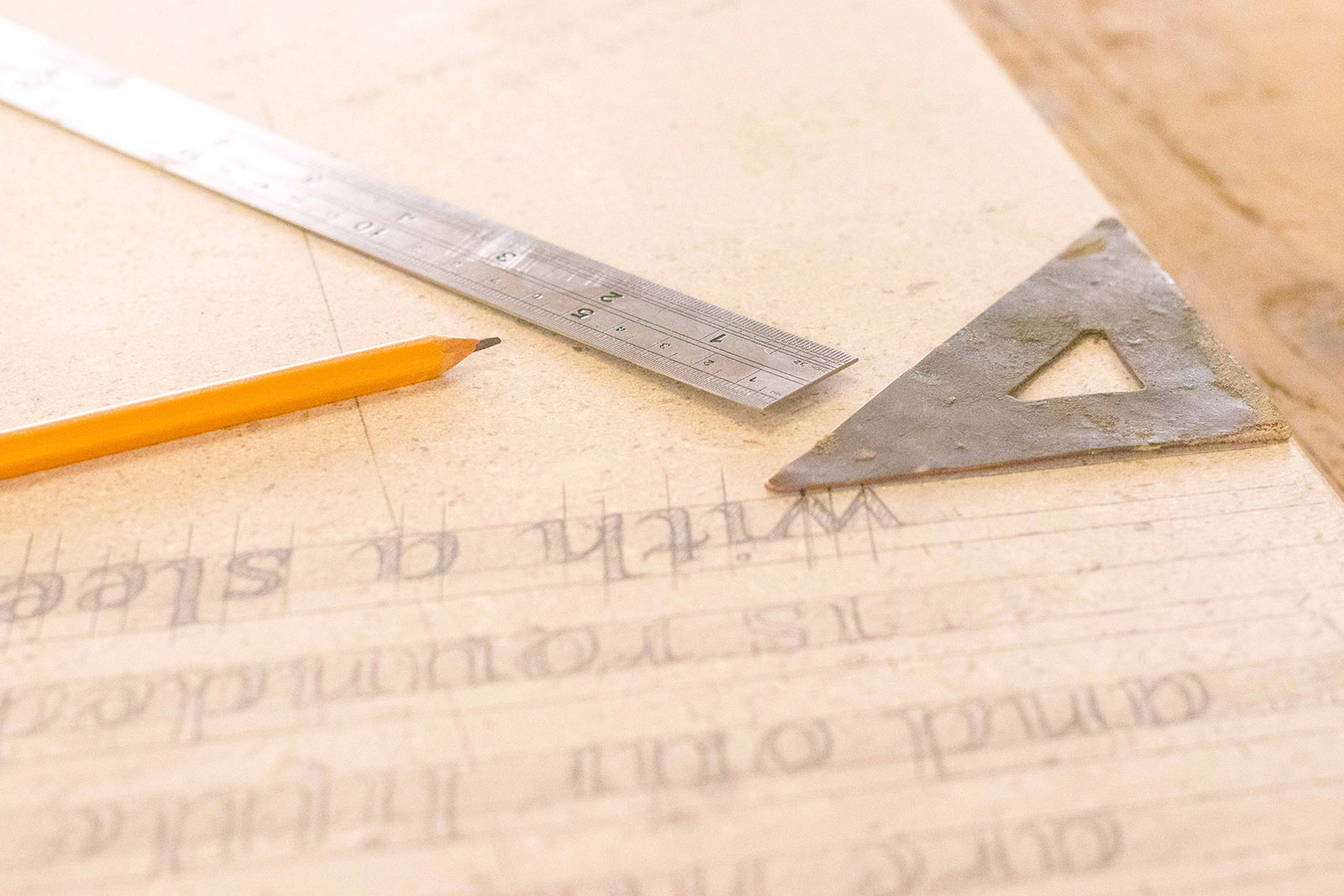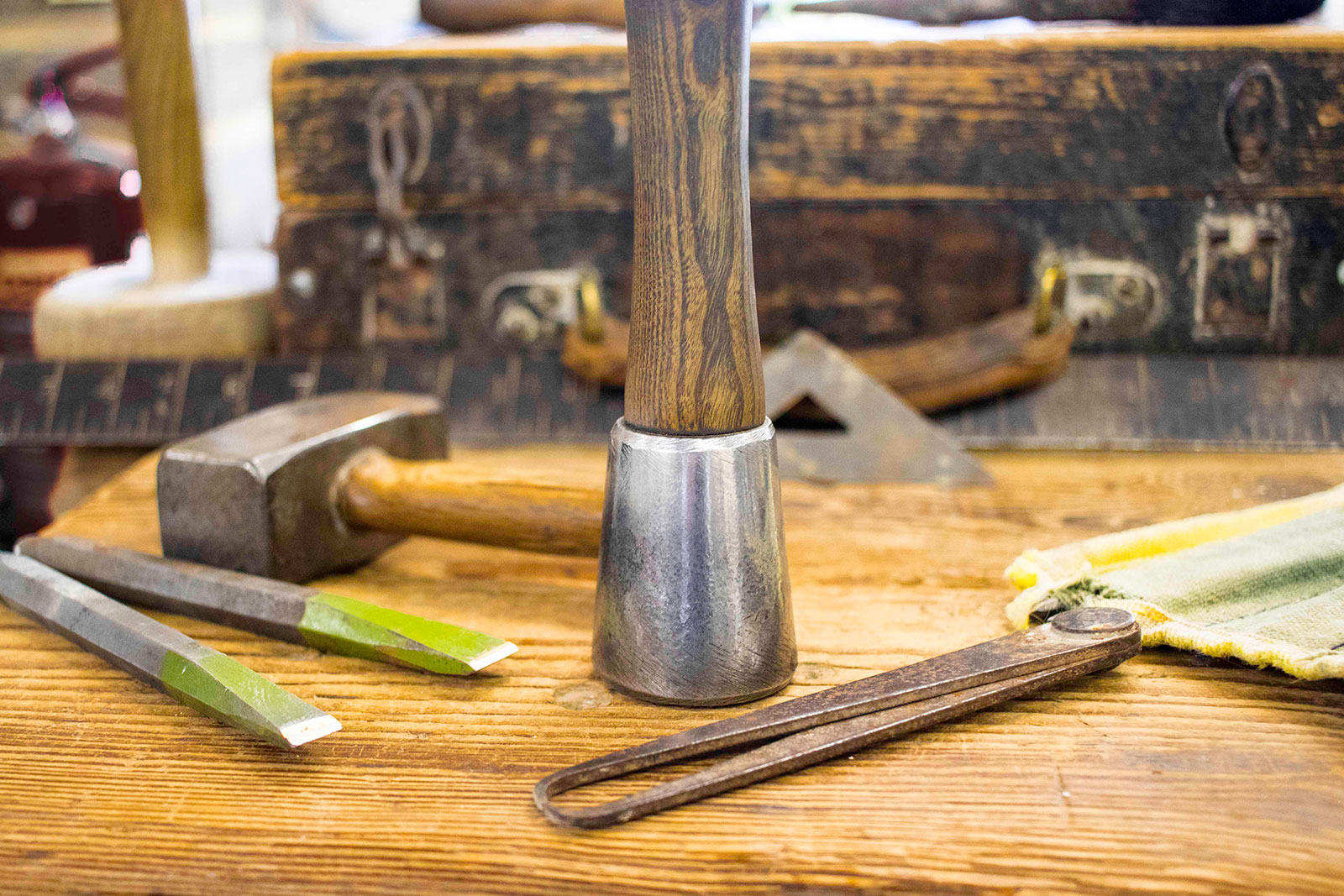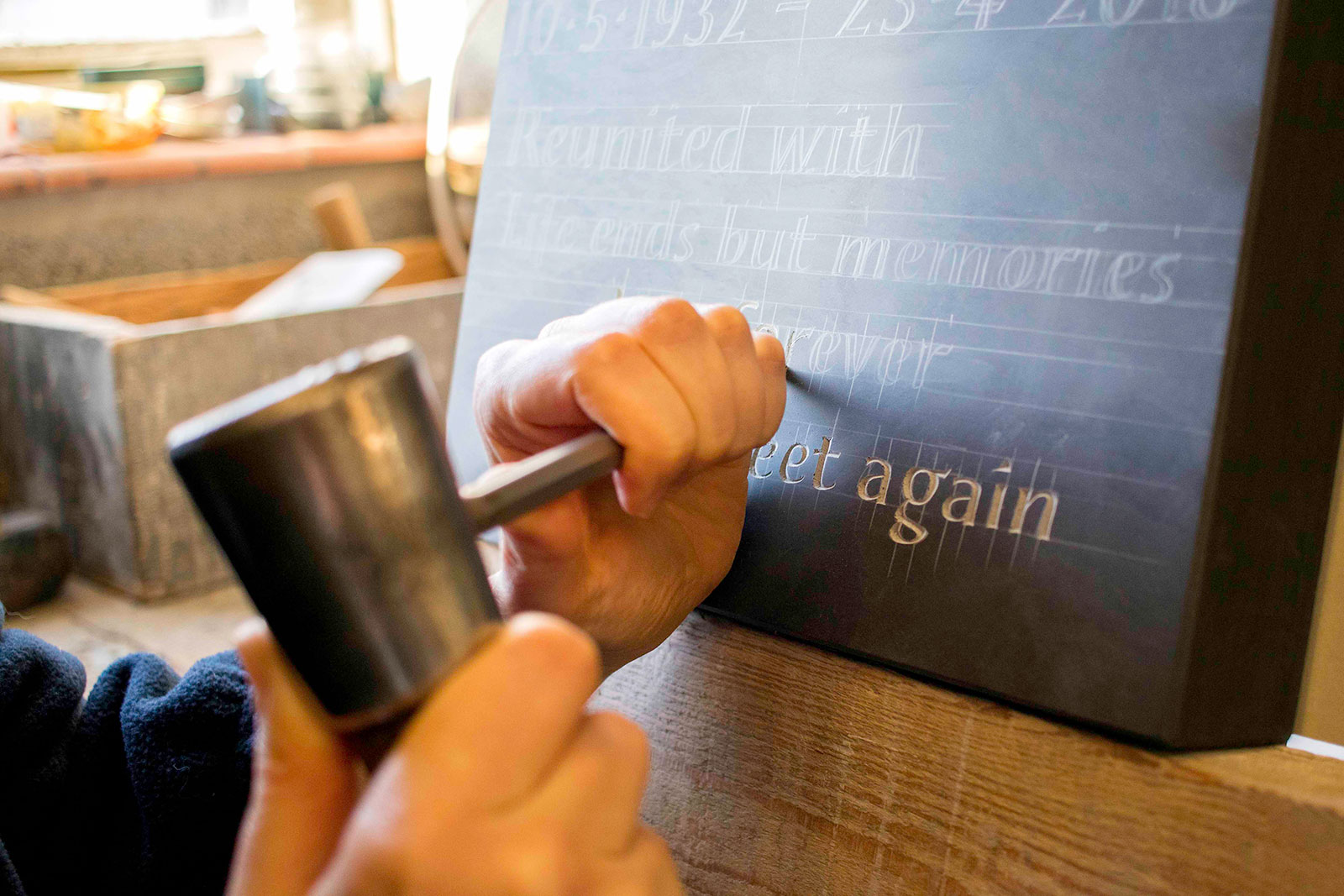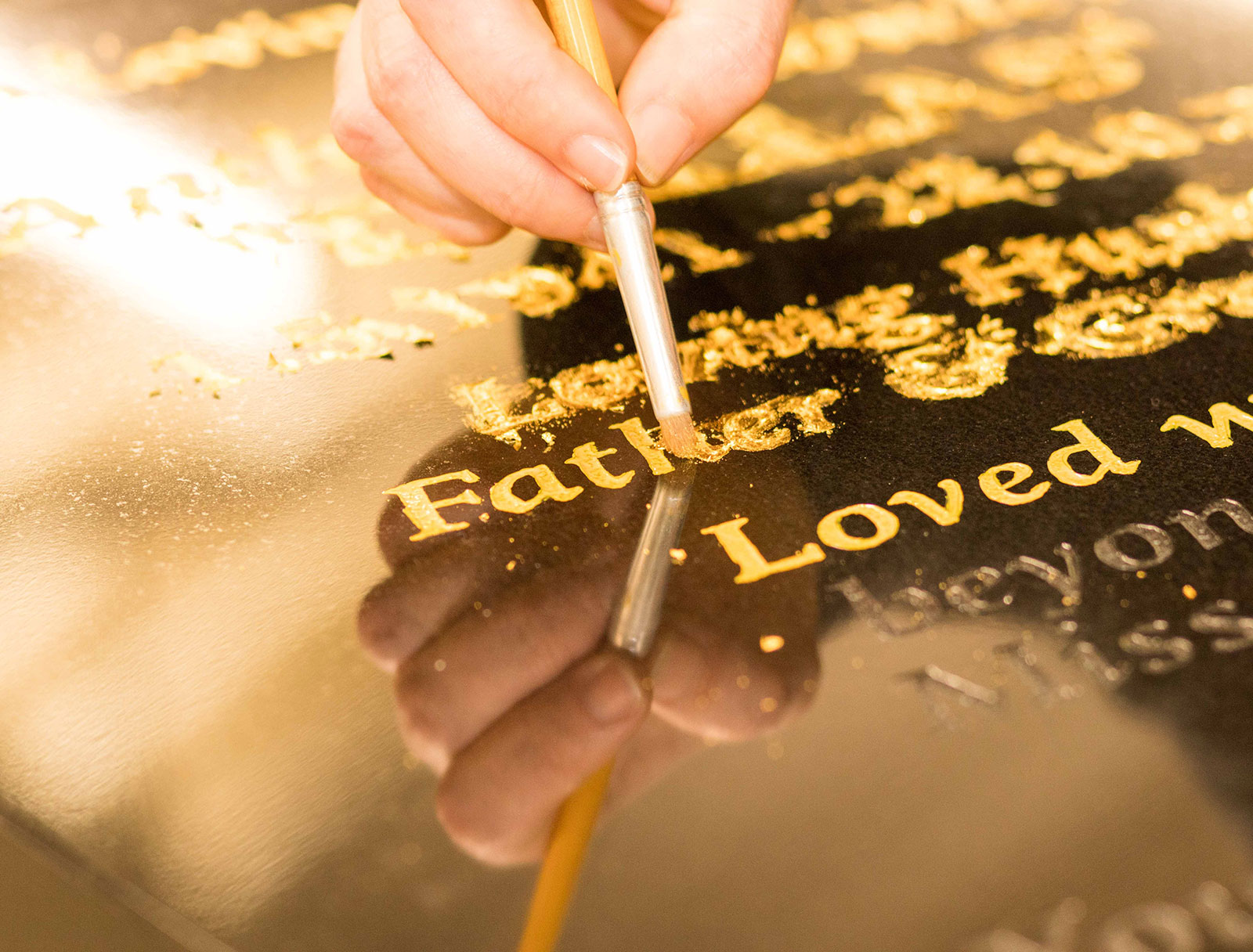Monumental Masonry - Churchyard and cemetery regulations.
Nearly all cemeteries and churchyards have some form of regulation governing the type of memorial allowed. Most also charge a fee for permission to place a memorial, which is in addition to the purchase of the plot.
Cemeteries and other Burial Grounds
In general, cemeteries allow a much greater variety of stones, sizes and designs than churchyards. It is impossible to summarize regulations here, as each cemetery has its own set of rules. Our masonry team will be happy to advise you on the regulations for your chosen cemetery. Please be aware, however, that many cemeteries will only allow kerb sets in certain sections, and some do not allow kerbs at all.
Church of England Churchyards
All Church of England churchyards have strict regulations set by the diocese intended to preserve the historic character of the sites. These regulations dictate the size of memorial, the types of stone and design allowed, the wording, and even the colour of the lettering.
It is important to note that the incumbent in charge of the churchyard can only authorize memorials which comply with these regulations.
This can cause upset, as you may see non-regulation stones which were placed before the regulations came in, or which have been allowed ad-hoc by previous incumbents.
Churchyards may be inspected by diocesan officials and any non-regulation memorials may have to be removed, even if the incumbent gave permission.
Summary of Church of England Regulations
Our stonemasons will, of course, be happy to answer any questions you may have about churchyard memorials.
Size:
Memorials must consist of an upright headstone, at least 2’6” tall x 20” wide. Smaller stones are permitted for child memorials, or for cremation areas where special permission has been granted by the Diocese.
Type of stone:
The following stones are permitted:
- Light or mid-grey granite with a honed finish
- Nabresina Limestone
- Portland and Purbeck limestone
- York stone
- Welsh slate
- Cumbrian Green slate
Dark or polished granites are not allowed, and neither is marble.
Design:
Lawn headstones, with or without a base, are permitted. Memorials in the form of books, hearts or crosses and kerb sets, are not allowed.
Ornament:
Traditional carvings - e.g. engraved cross or dove - are fine. More contemporary designs - e.g. football or teddy bear - would not be allowed.
Wording:
Headstone engravings which inform the reader about the life of your loved one are encouraged, as are passages from scripture. 'Pet' names and sentimental wording which addresses the deceased are not permitted. Please see our Guide to Choosing a Memorial Inscription for examples.
Lettering Finishes:
Cut letters must be left un-painted, except for the following stones:
- Nabresina - letters may be painted contrasting matt
- Light/mid-grey granite - letters may be painted white matt
- Welsh slate - letters may be painted off-white
Leaded letters and letters finished with gold leaf are not permitted.
